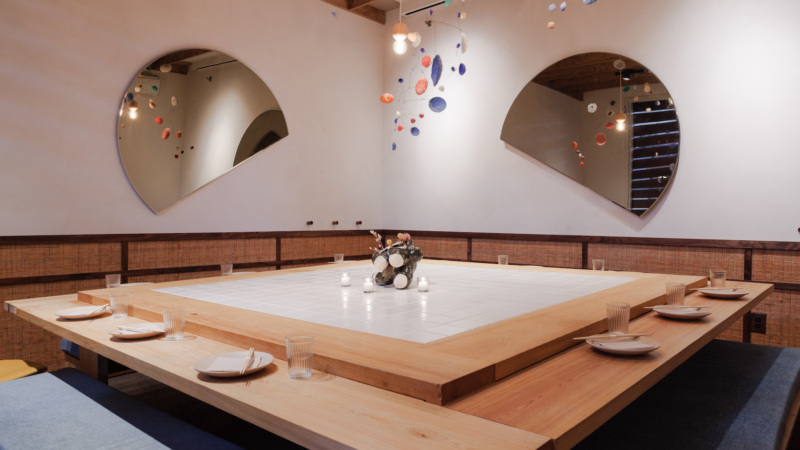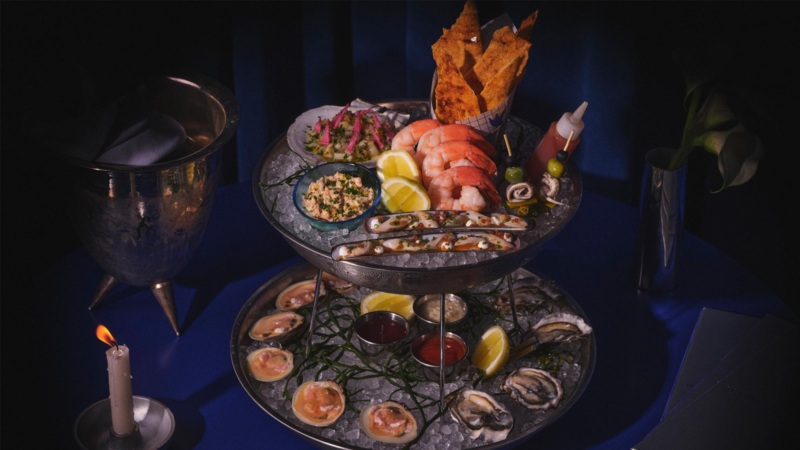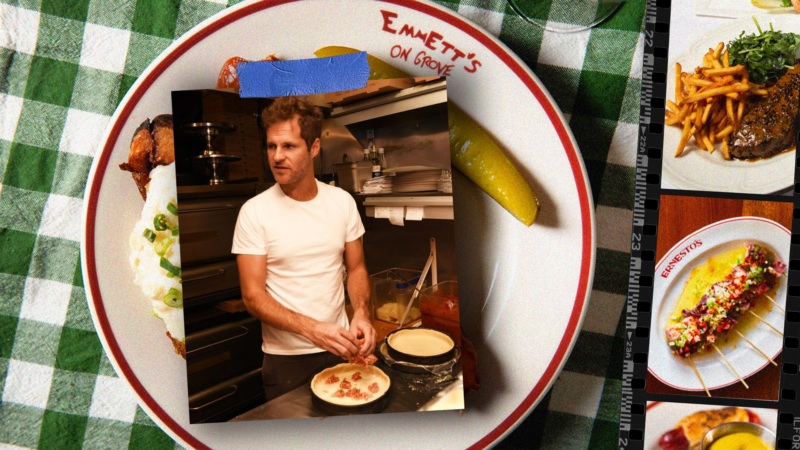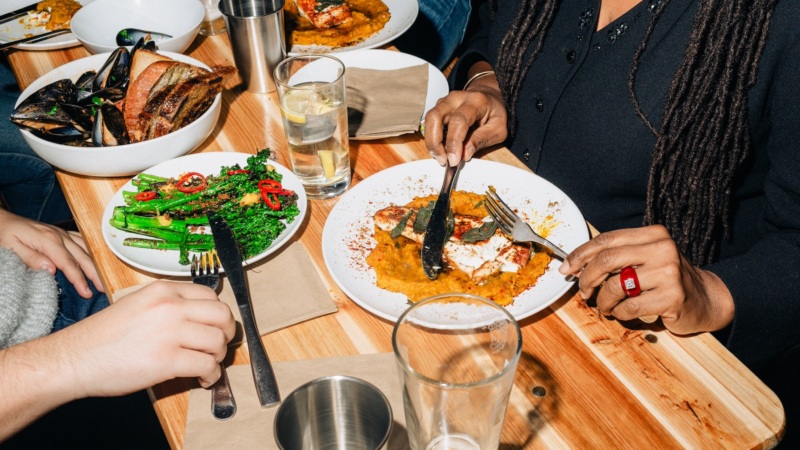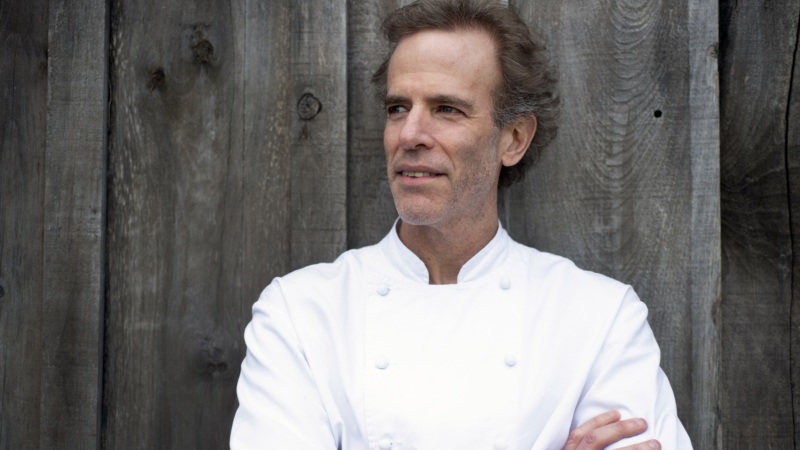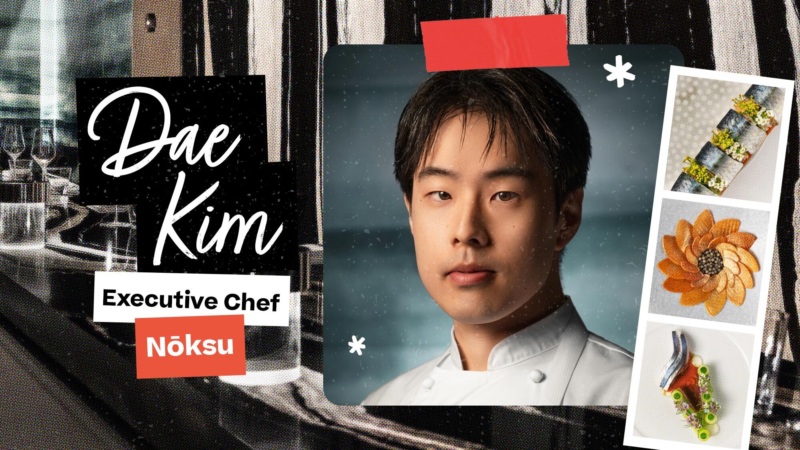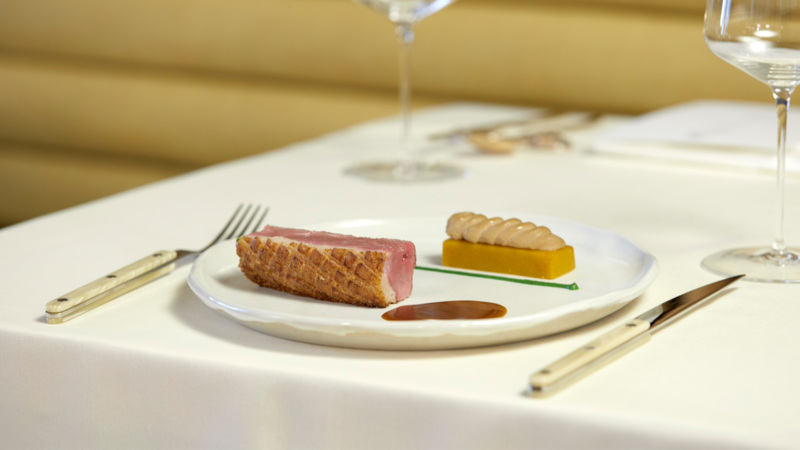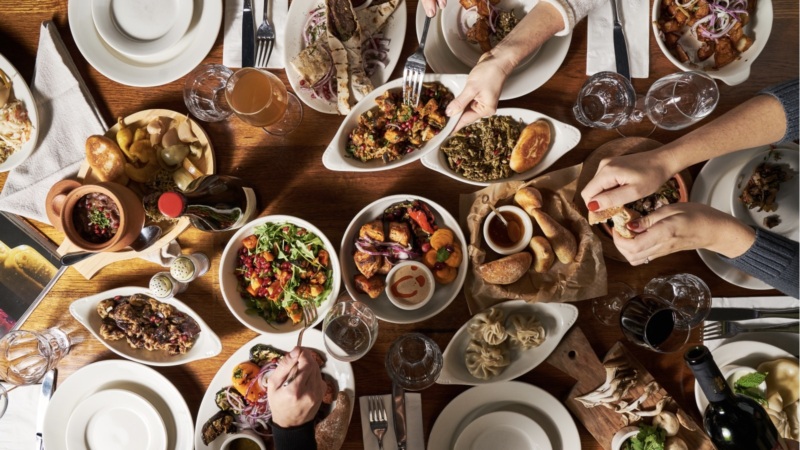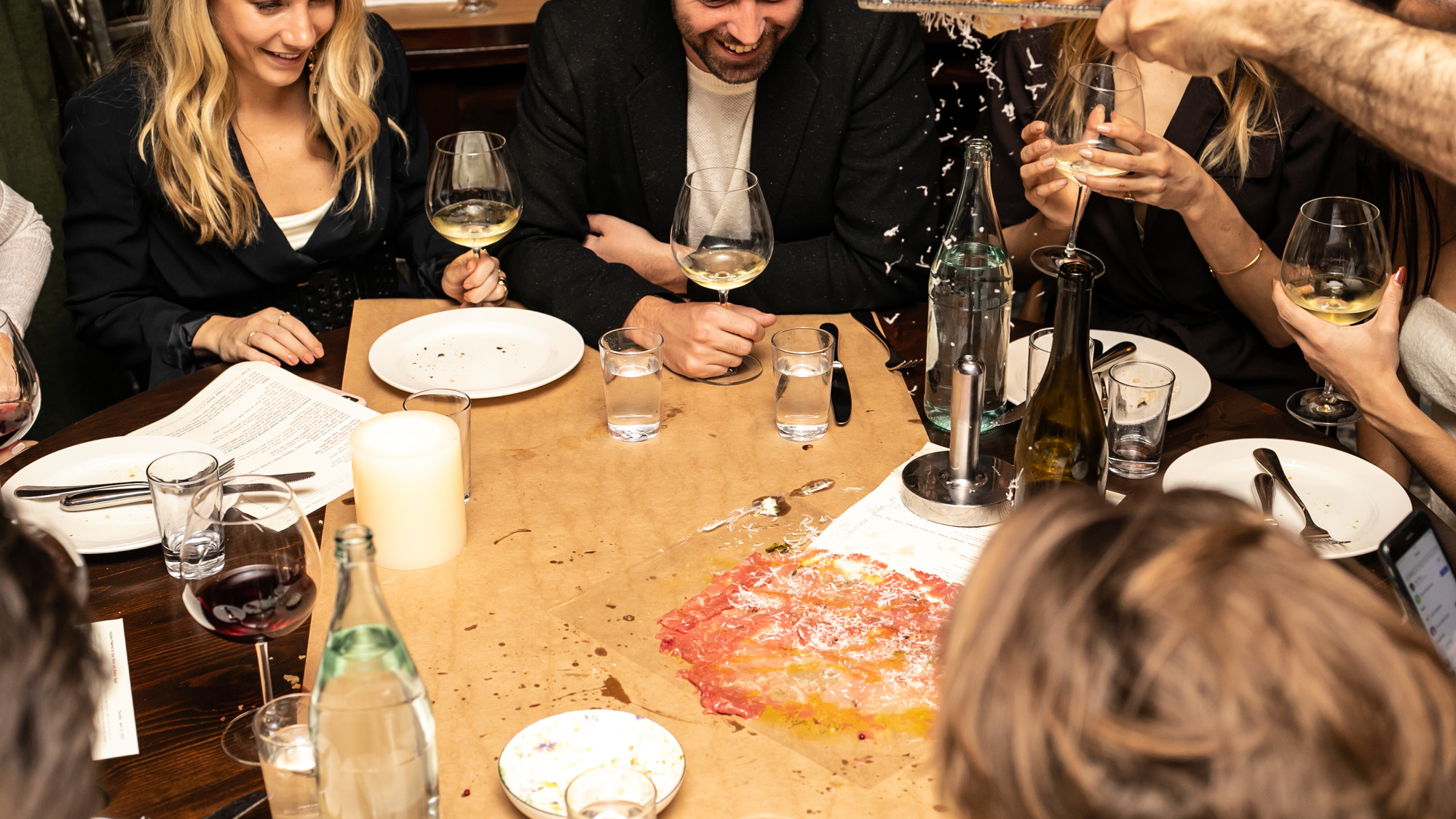
HaSalon Hails From Israel, But Radiates with The Energy of New York
When acclaimed chef Eyal Shani decided to bring HaSalon to New York, it wasn’t as simple as creating a replica of his Tel Aviv hit in Hell’s Kitchen. With a name that translates to “living room,” the hyper-seasonal restaurant is known for its dinner-party atmosphere; diners dance to disco music into the wee hours of the morning. The New York outpost would be different from the original, because the menu would be based on local availability. And it would be unique because the menu would be inspired by the vitality of the city and the people who dined there.
“[HaSalon is] not a regular restaurant,” Shani says, point-blank. The format is fine dining with an edge; or, as the chef says, “high-end, wild dining.” “No one was ready for [it],” he adds, “So, we are walking on this road, trying to analyze New Yorkers.” Shani is on a mission to create a restaurant that doesn’t just exist in New York, but also radiates the city’s essence.

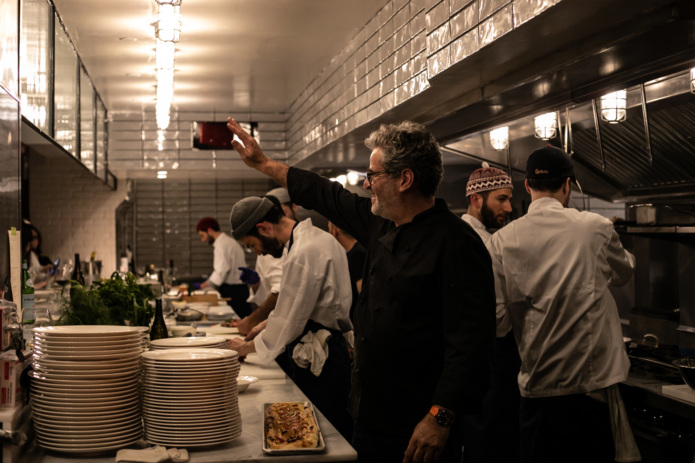
The easiest way to understand HaSalon is to look at the chef himself as an oracle. He believes that authentic creation is impossible without tapping into the energy of a place—its people and its ingredients. HaSalon has been open for just over three months, and the chef is still observing, listening, and thinking about what it will become. “I’m making a dialogue,” he says. “I’m not coming with my own experience, with my own cards, and saying these are winning cards—no. For me, there’s no meaning . . . in a place if you are not making a dialogue.”
“Food is like a carrier,” Shani preaches. “It’s a box that you have to fill with energy.” He achieves this mission by allowing ingredients to “seduce” him while simultaneously invoking the energy of the surrounding environment.
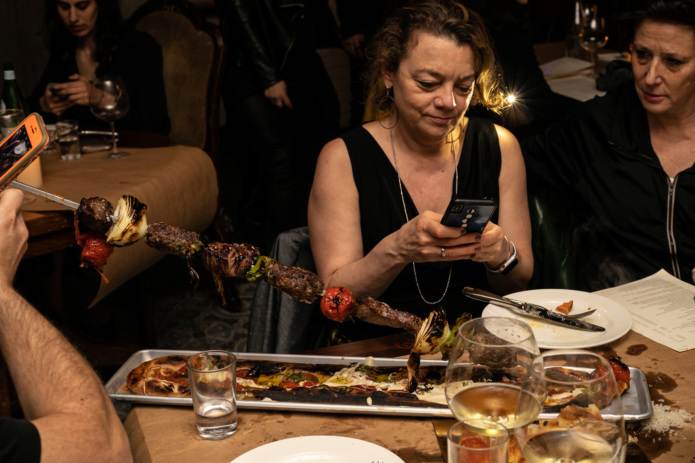
At HaSalon, there’s a roast entrecôte carpaccio that’s inspired by the city. “In New York, there’s a lot of power, there’s a lot of money. There are the highest buildings in the world,” the chef explains. To communicate that sense of size, Shani created a three-dimensional presentation, where slices of beef are wrapped and draped over 21-pound stones—sourced from an old train station—instead of being presented on dishes.
But Shani’s obsession with New York goes beyond just its energy and size. Shani sees an opportunity in the market: an opening to lay down culinary roots in a city where they’re still being formed. Unlike Israel and other Old World nations, America has no cuisine that has been practiced for thousands of years. New York’s lack of tradition means that its cooks can be flexible: “I’m creating a very important part of the future cuisine of New York,” he says. “If I [didn’t] feel that, I would not work here.” HaSalon then, is Shani’s attempt to create resonance for decades to come. He doesn’t look to other chefs for inspiration; coming up with ideas never stems from dining at other New York restaurants. Instead, he looks to the streets. “[I look at] the buildings, the houses, try to feel the old stories of the city, talk with the people about their memories in the city,” Shani says. “If you want to create food, you create it from poems, from paintings, from the eyes of the people. From things people say to you.”
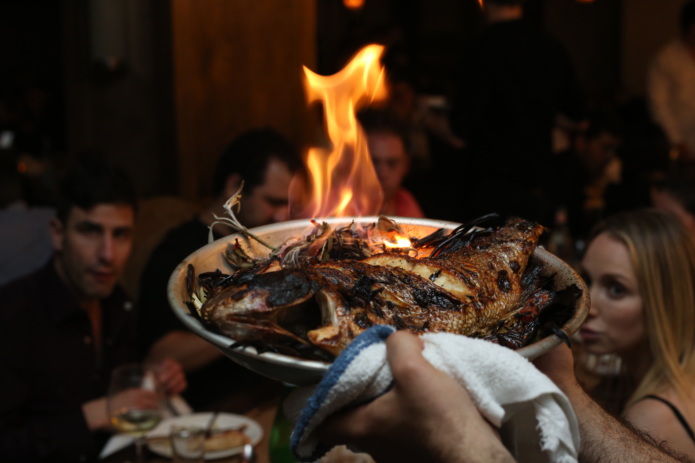

His creative process, spanning his restaurants across the globe, has always remained the same. “I’ve worked with 20 ingredients all my life,” he says, listing eggplant, tomato, potato, lamb, and fish, as the key five. And yet there are always new discoveries to be made, through the work of crafting new combinations. “Sometimes you are making one movement that’s changing the entire dish,” he states.
Located on 10th Avenue and 50th Street, on the fringe of Midtown Manhattan, HaSalon is a key lever in Shani’s studies. It’s important for diners to understand that the first seating is different from the second: between 6:00 and 8:00 pm, you can enjoy a relatively quiet service over Beethoven and Vivaldi; after 8:45 pm, a reservation gives you access to the late-night dance party, which begins at 10:00 pm, when a DJ arrives to bump tunes ranging from Eastern Israeli jams to popular American songs.
People are having a blast, but a dynamic exists that Shani struggles with: in Israel, people continue to eat as the DJ spins, while here, they transition abruptly from dining to dancing. “I need to find a way to stream my food through the party and continue to serve it,” he posits. Why? “Because food is an energy leader, making very interesting things happen.”



